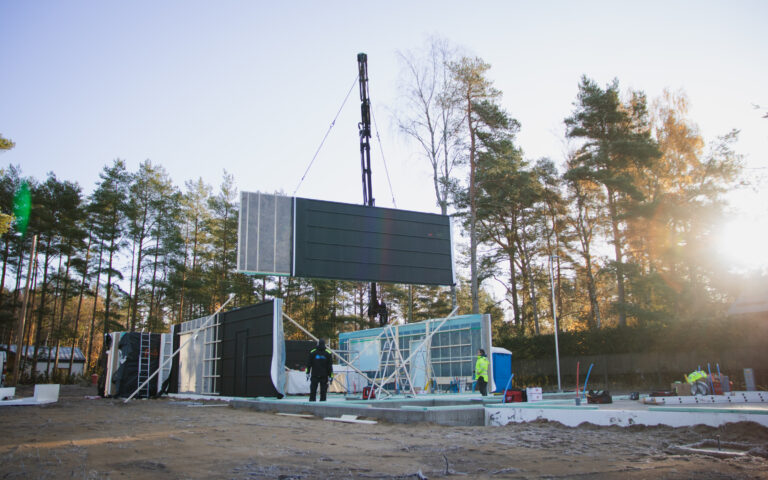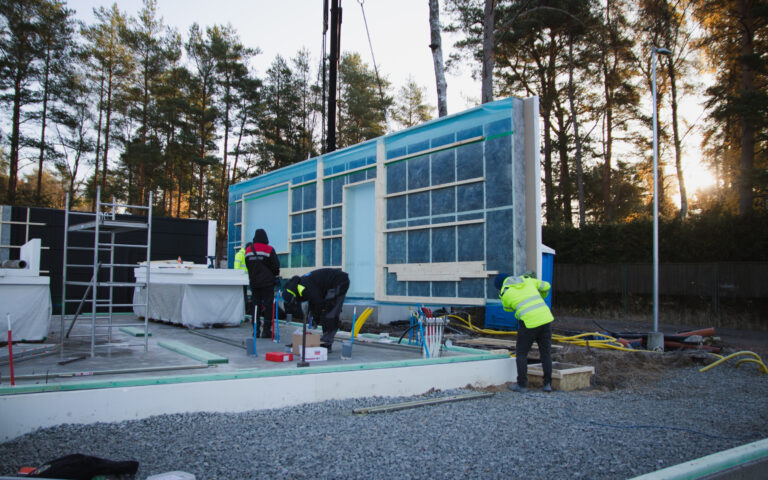Like traditional buildings, the life expectancy of timber frame buildings depends on the care and upkeep provided after handover. But in many circumstances, this might endure longer than 30 years, and timber frame buildings frequently serve purposes other than those for which they were originally designed.
Factors Affecting a timber frame building’s Life Expectancy.
Of course, a variety of factors can impact how long any sort of construction lasts. These consist of:
- Poor installation on site
- Inadequate quality control
- Construction in harsh or wet conditions Lack of maintenance
- Low-quality components
Here is some further information regarding the two crucial elements:
Material Excellence.
timber frame buildings are more durable than conventional structures of the same type because they are made of high-quality, long-lasting materials. Choosing high-quality finishes for a building’s inside and exterior will also help the structure last longer.
Inspections and upkeep
timber frame buildings can be used for many years if they receive regular care, including updating the exterior surfaces and finishes. They are adaptable and simple to remodel in response to changes in use or location.
Aspects that Lengthen the Life of timber frame buildings.
The following elements lengthen a timber frame building’s lifespan:
- Building quality checks during construction and after installation
- Construction of the building’s foundation with care
- Use of easily maintained and repaired interior finishes
- Use of long-lasting external coatings.


